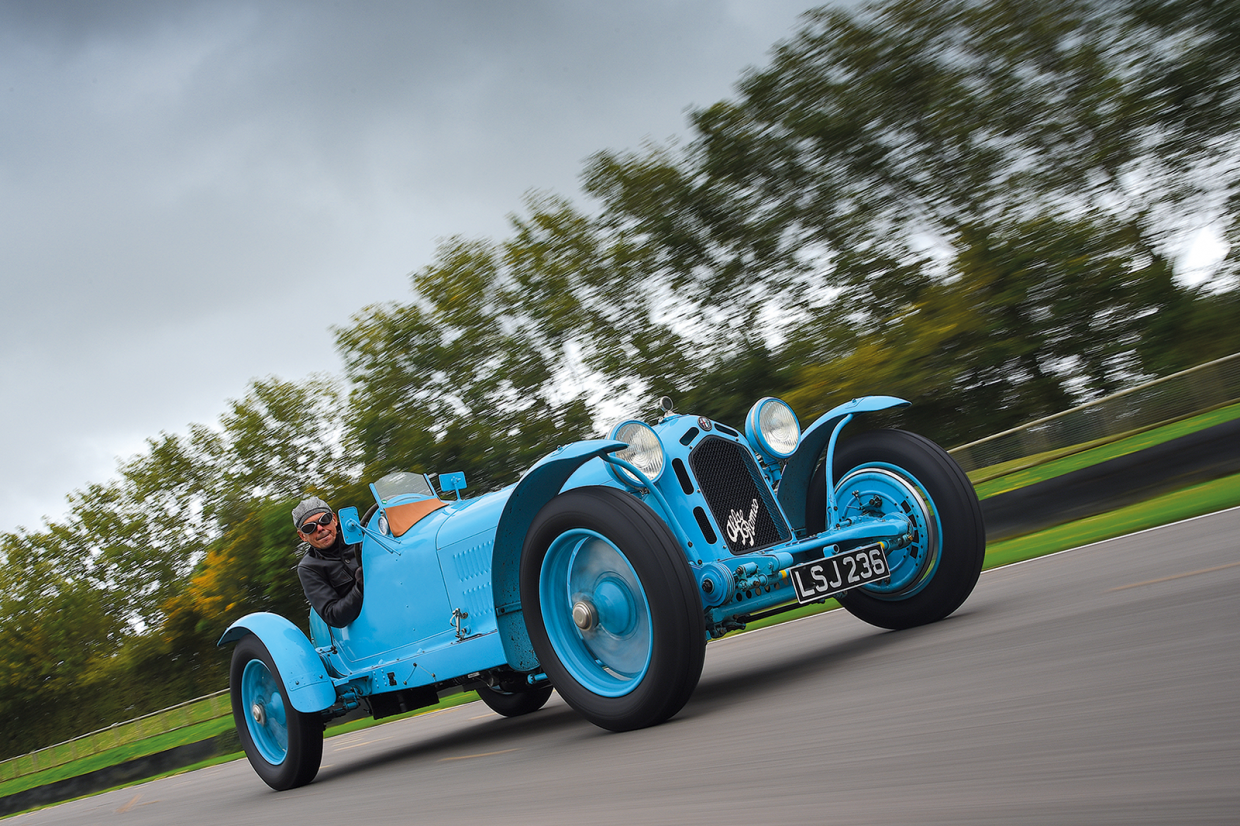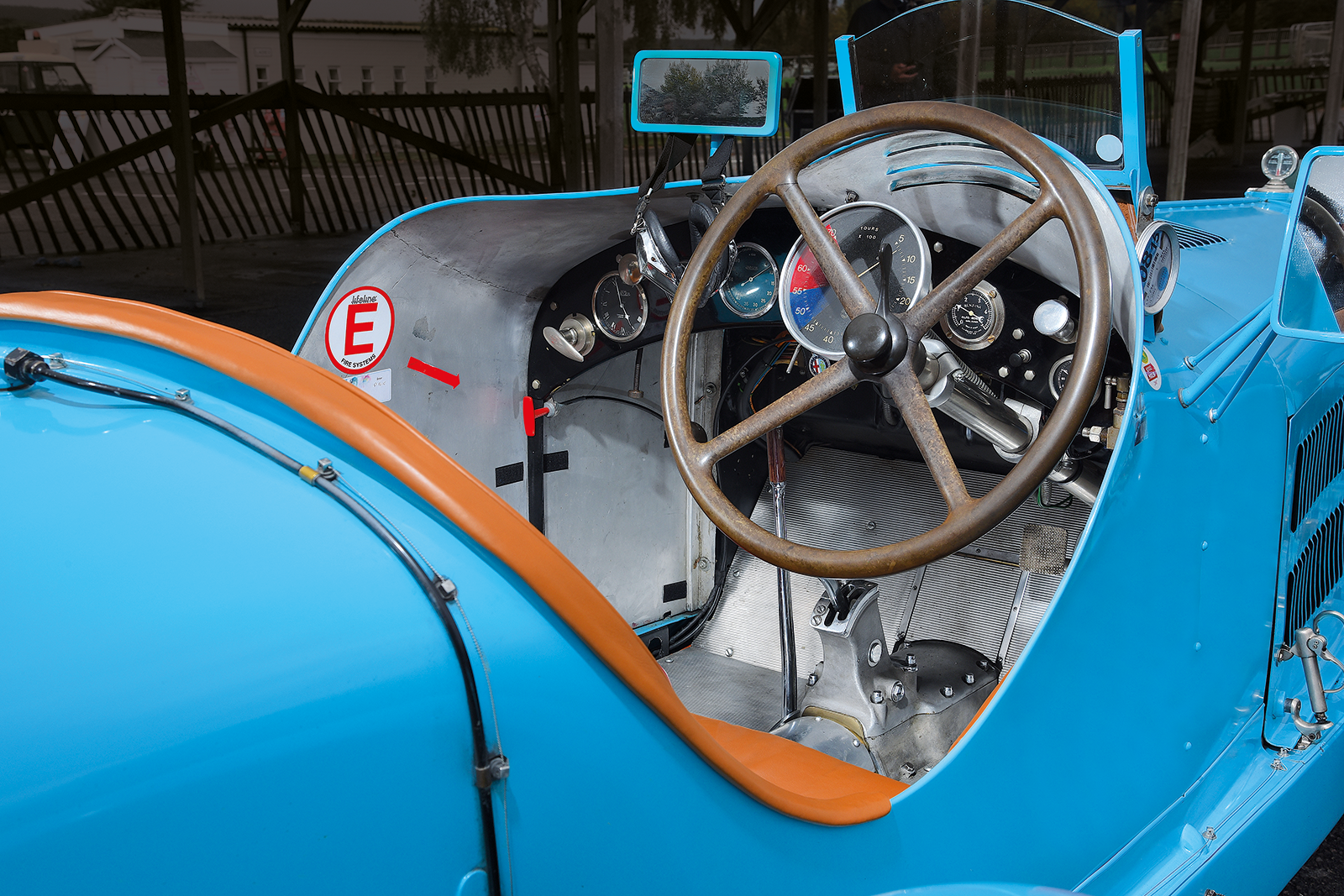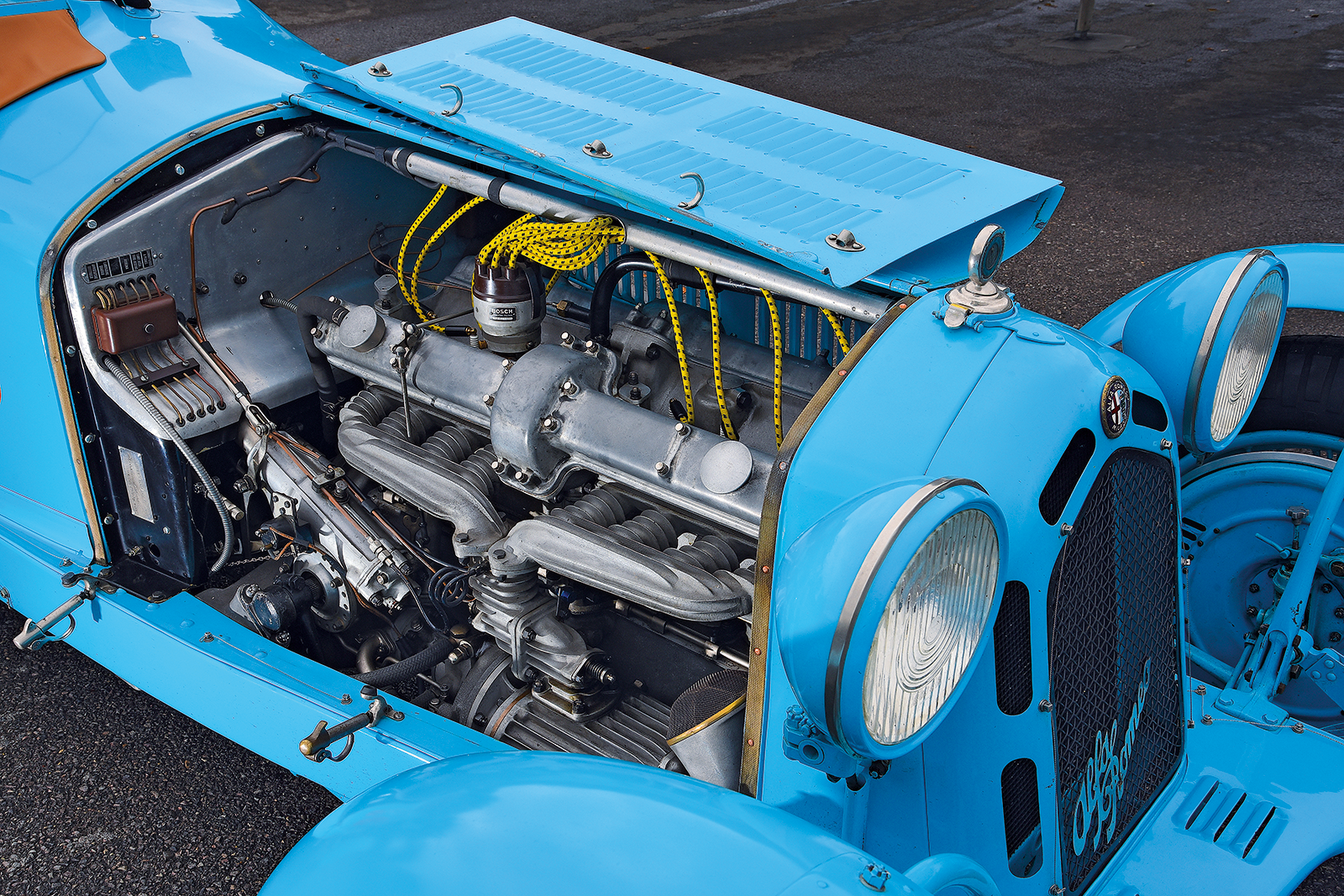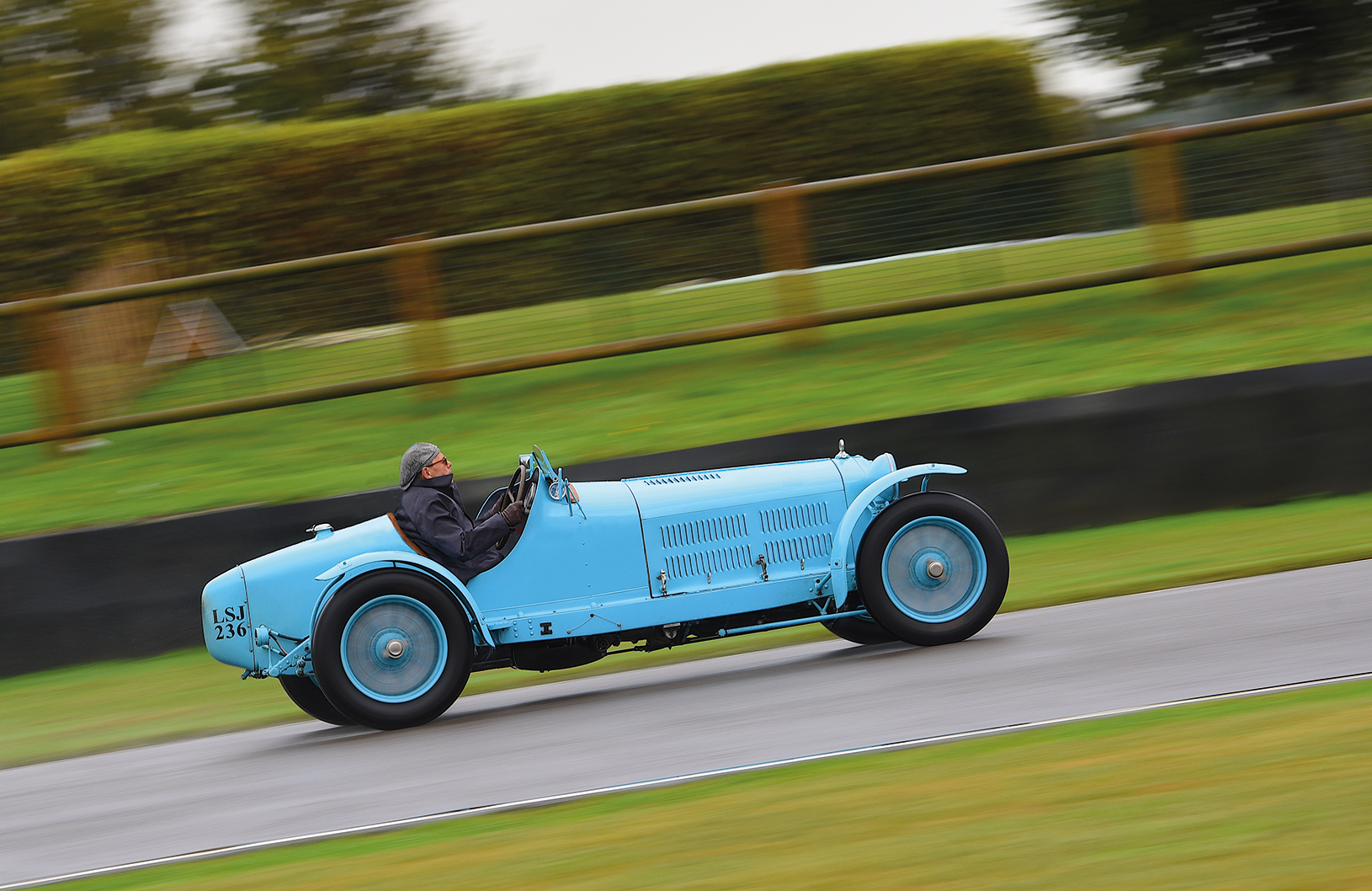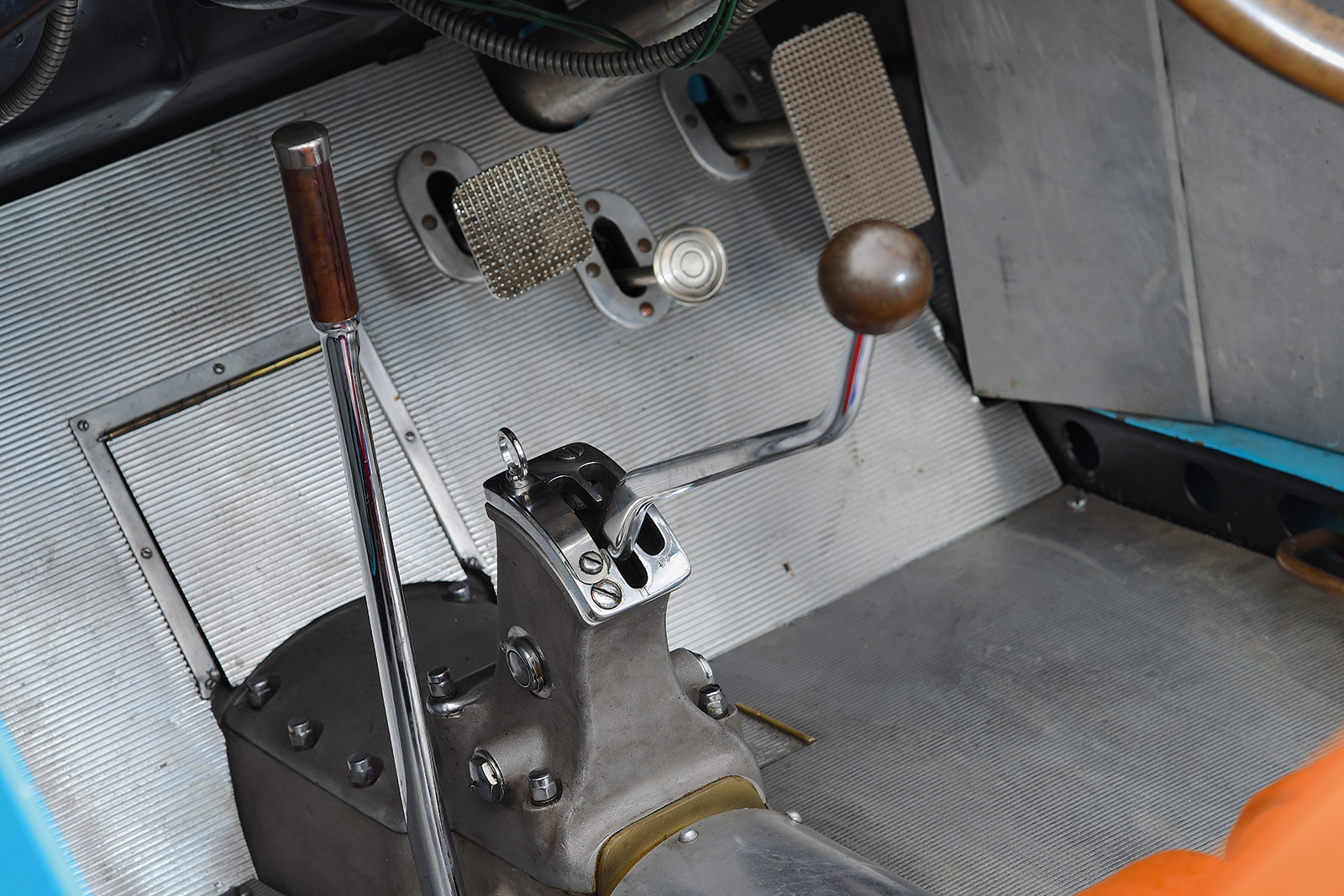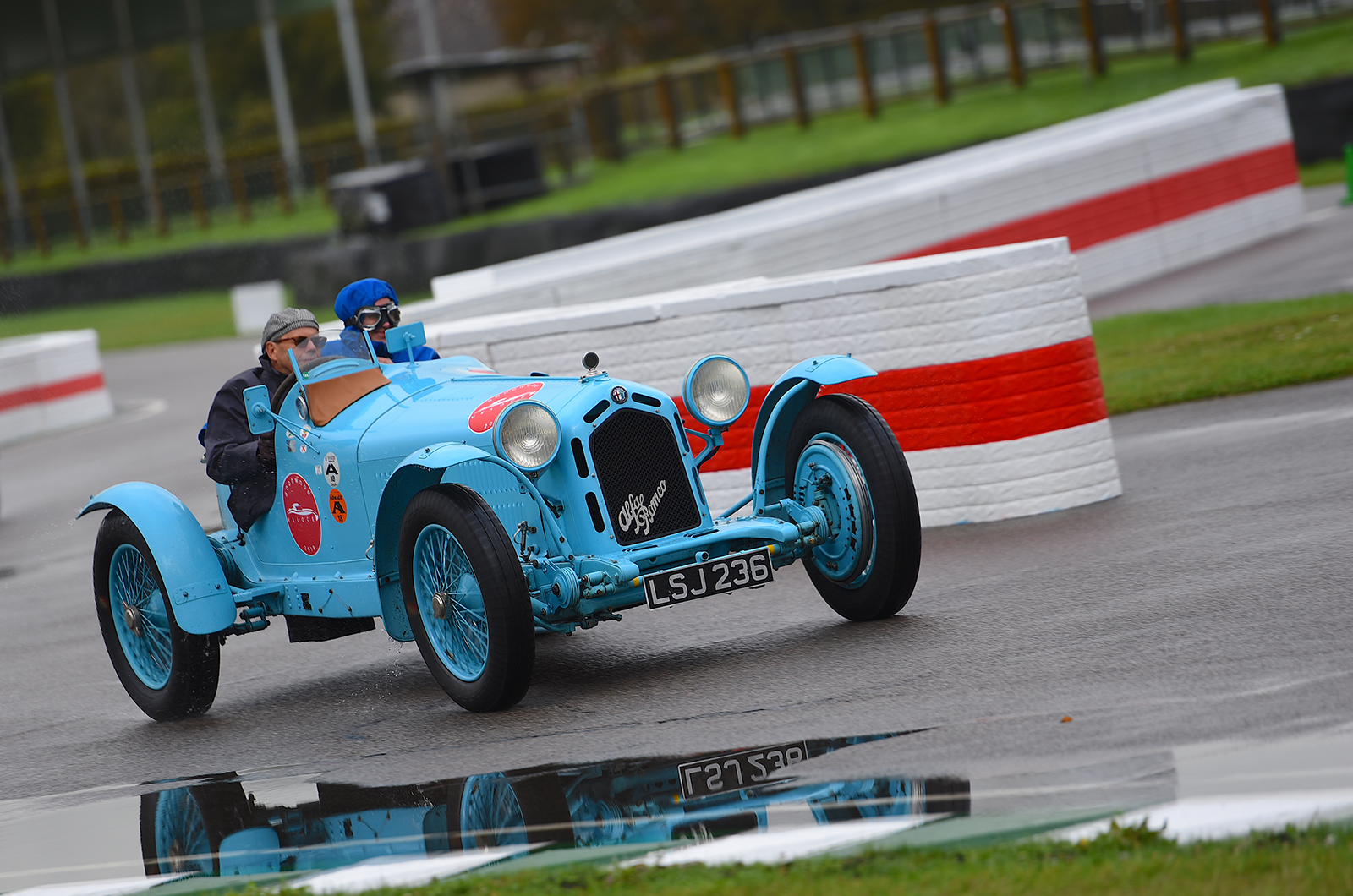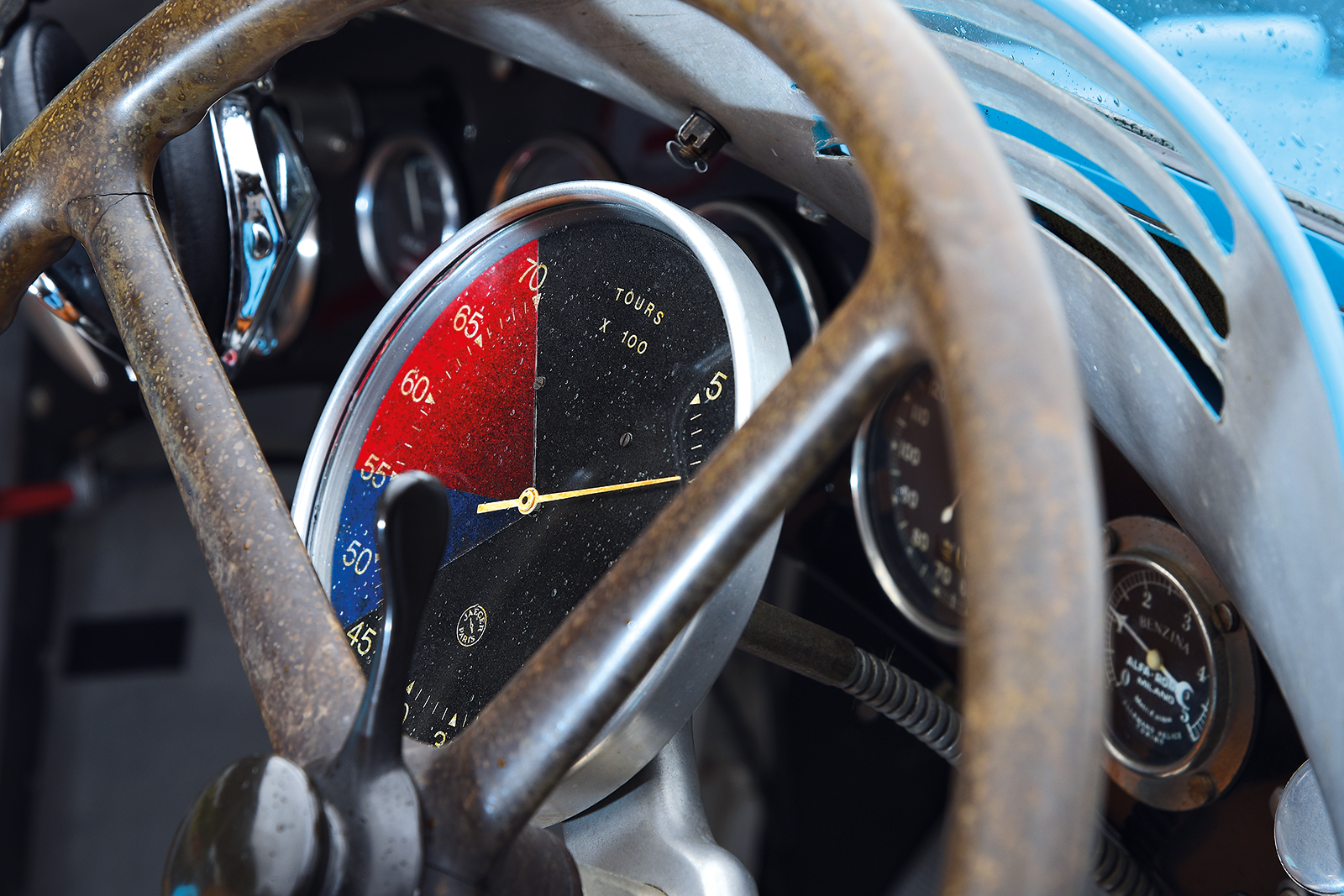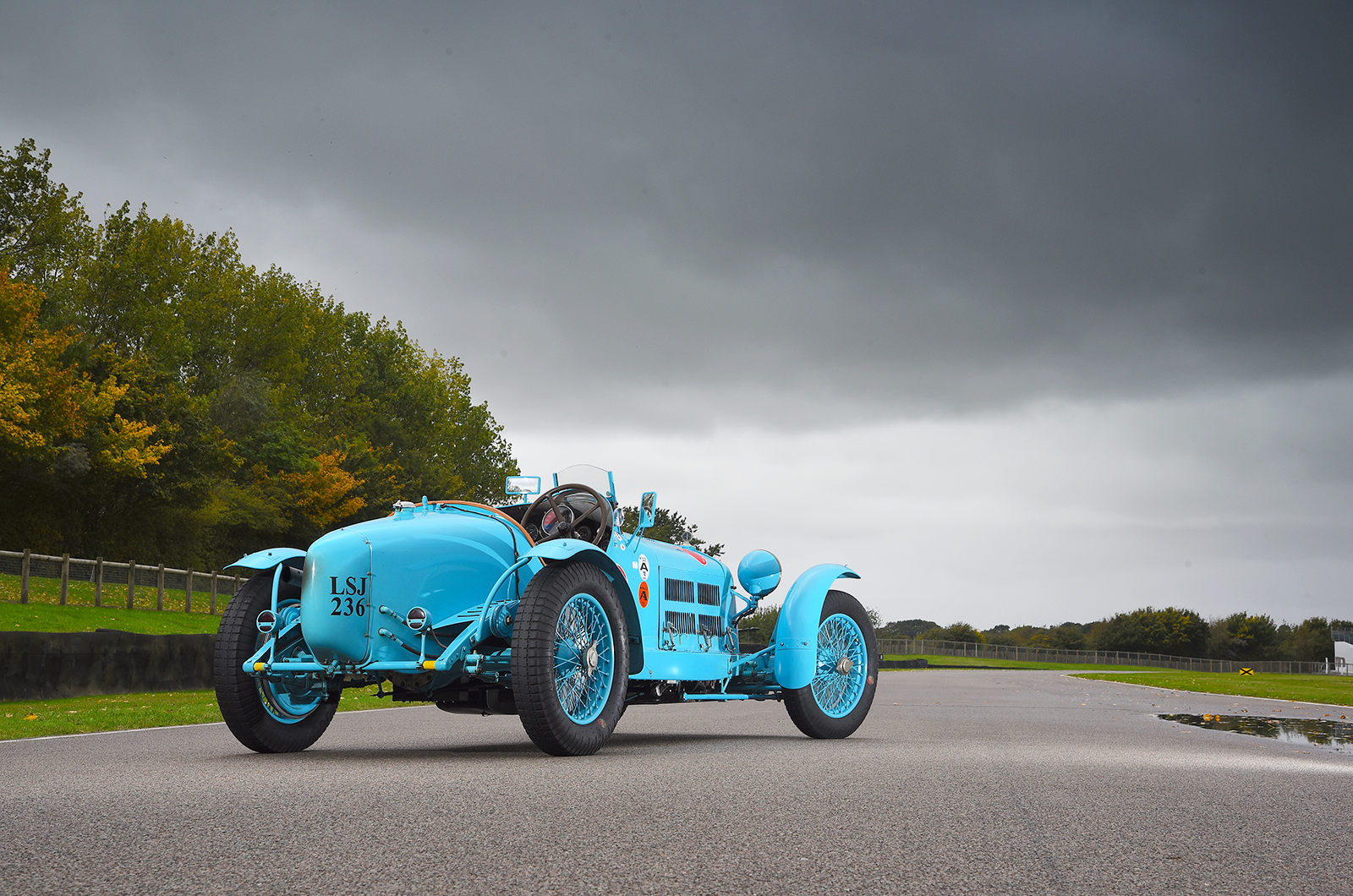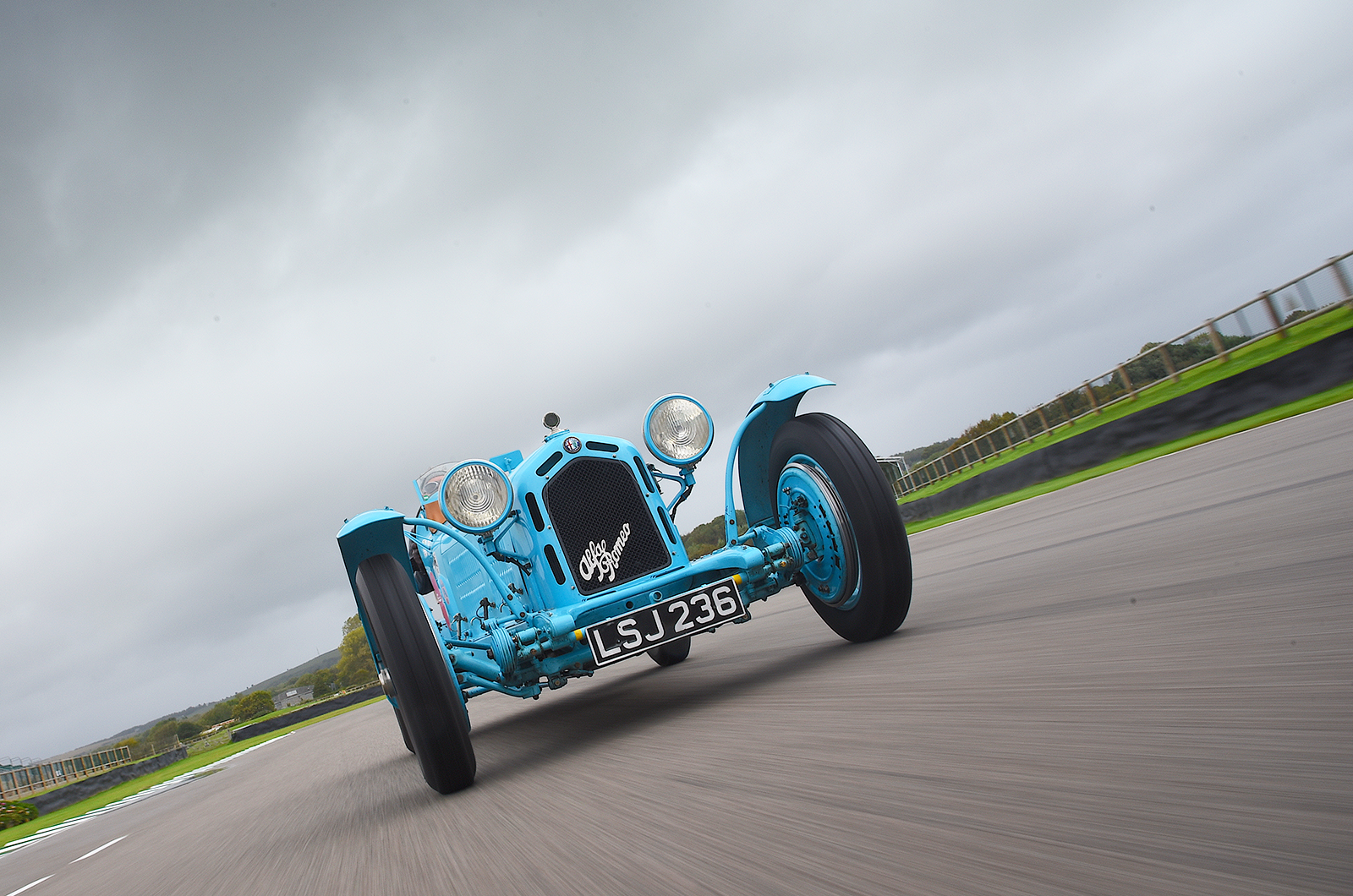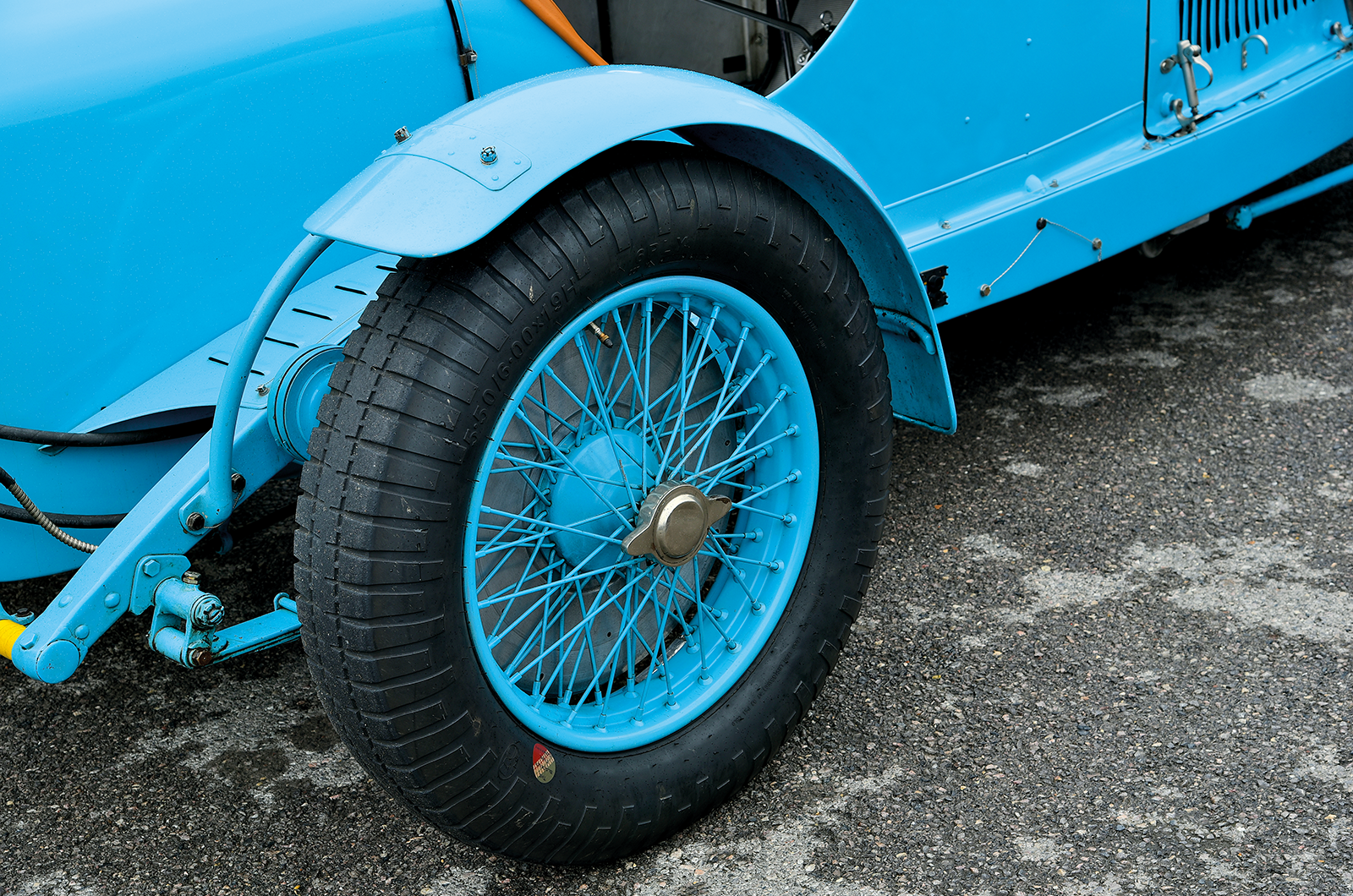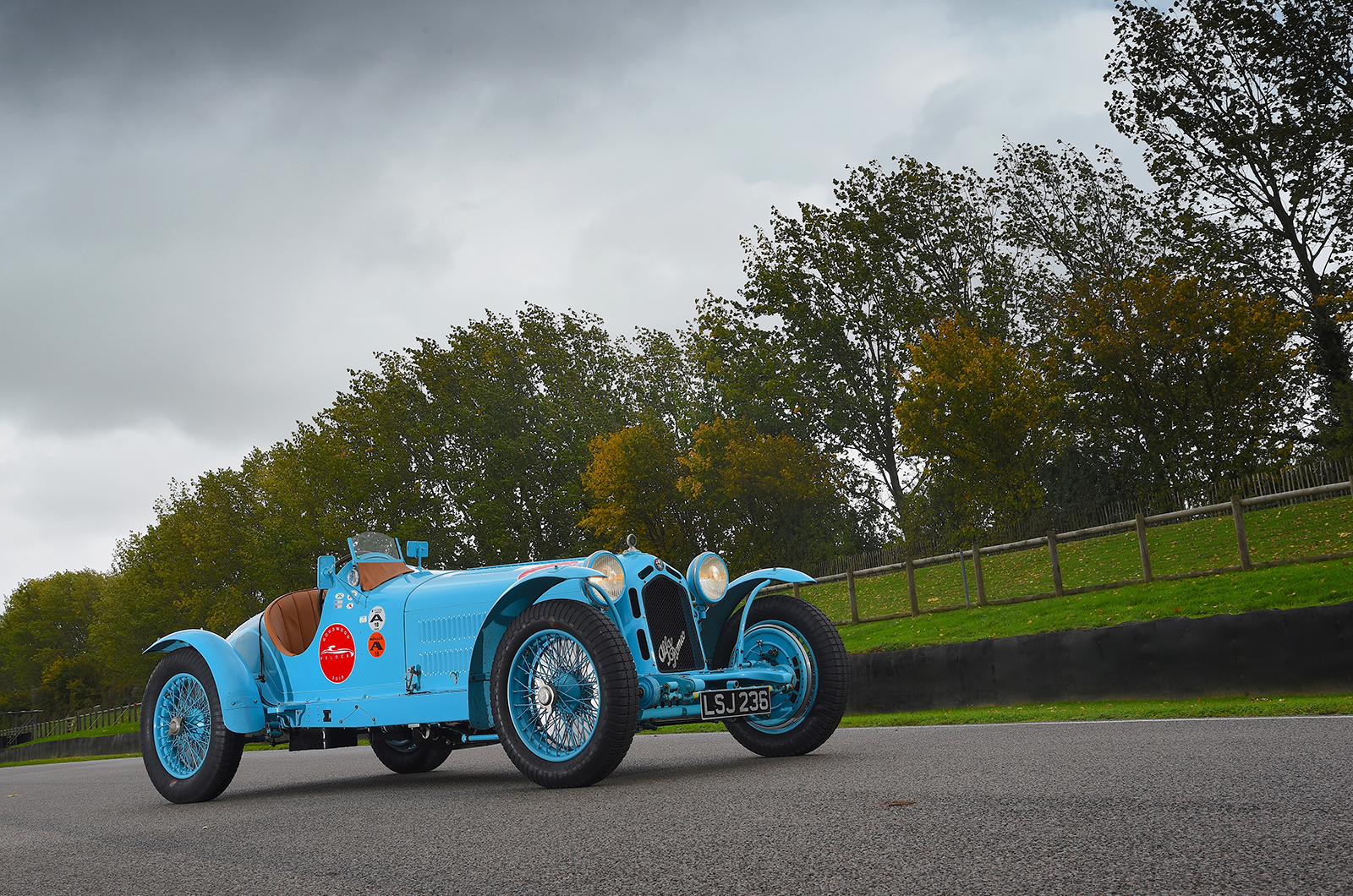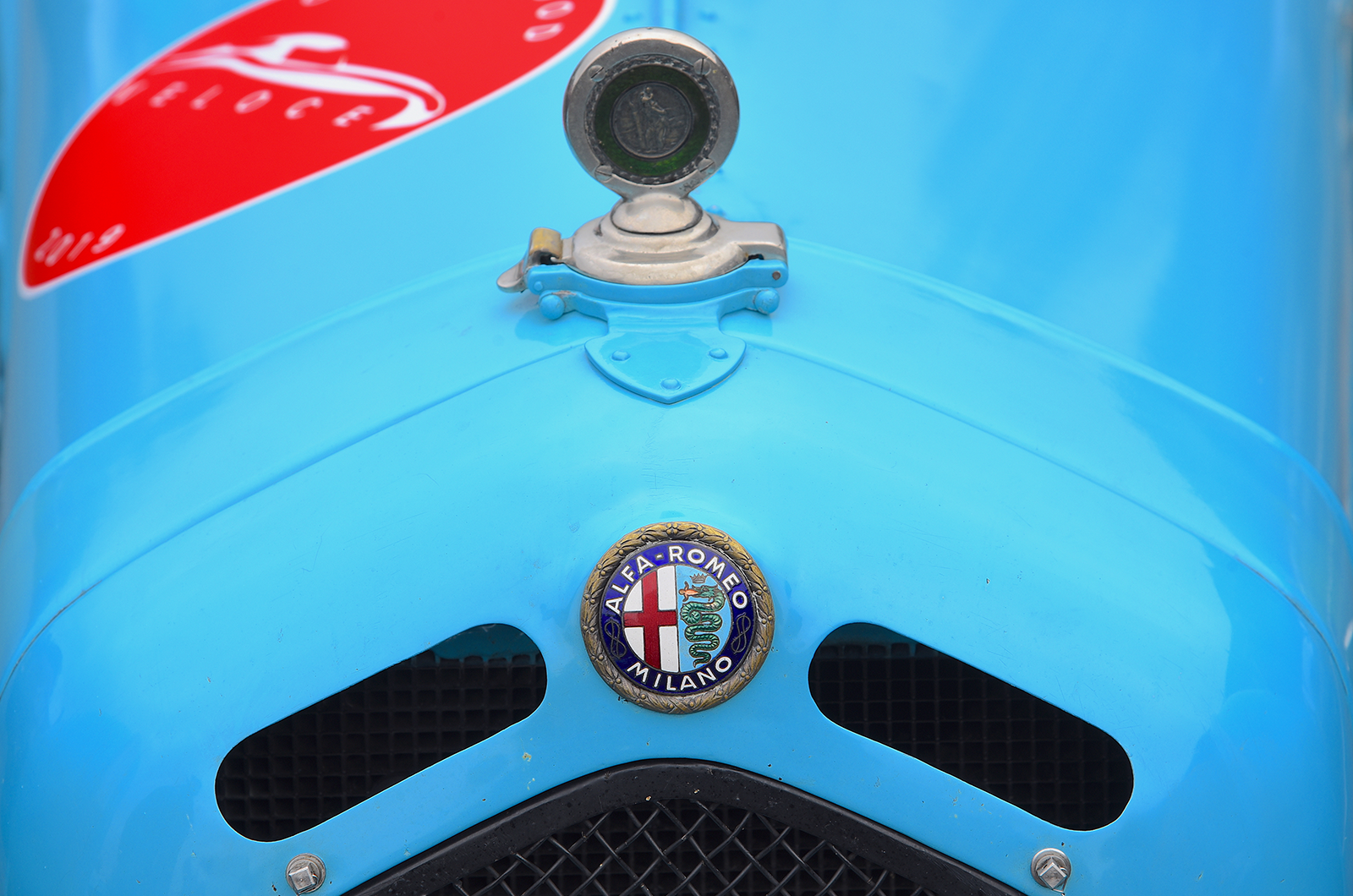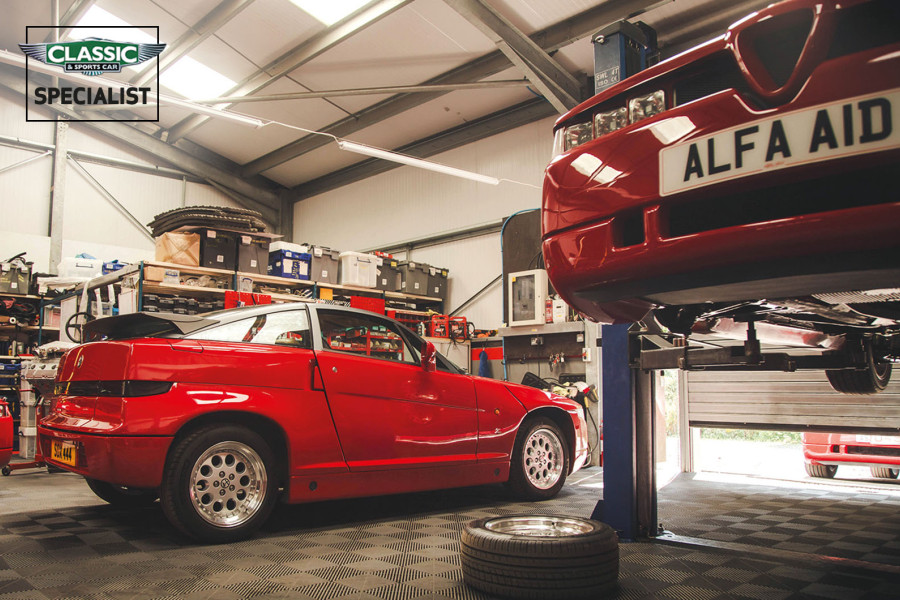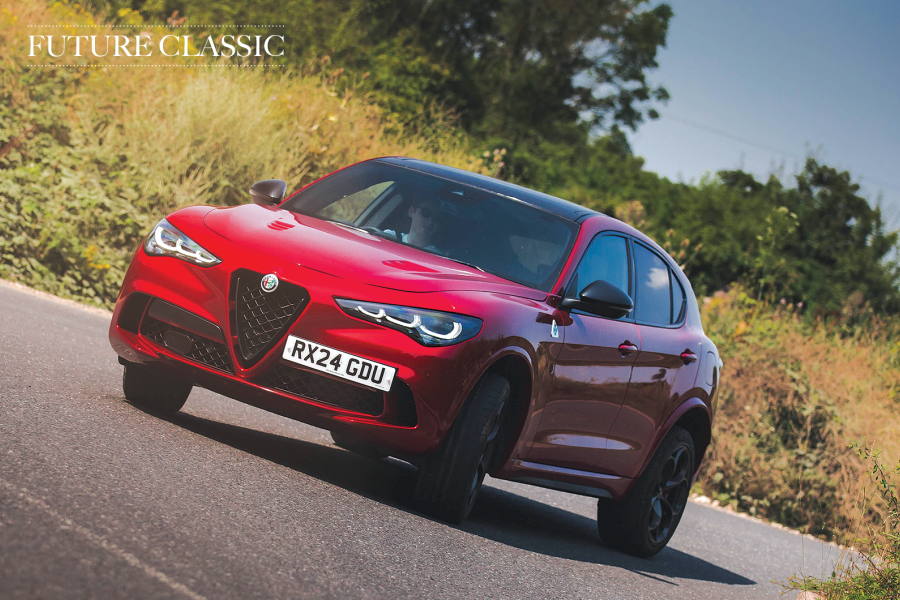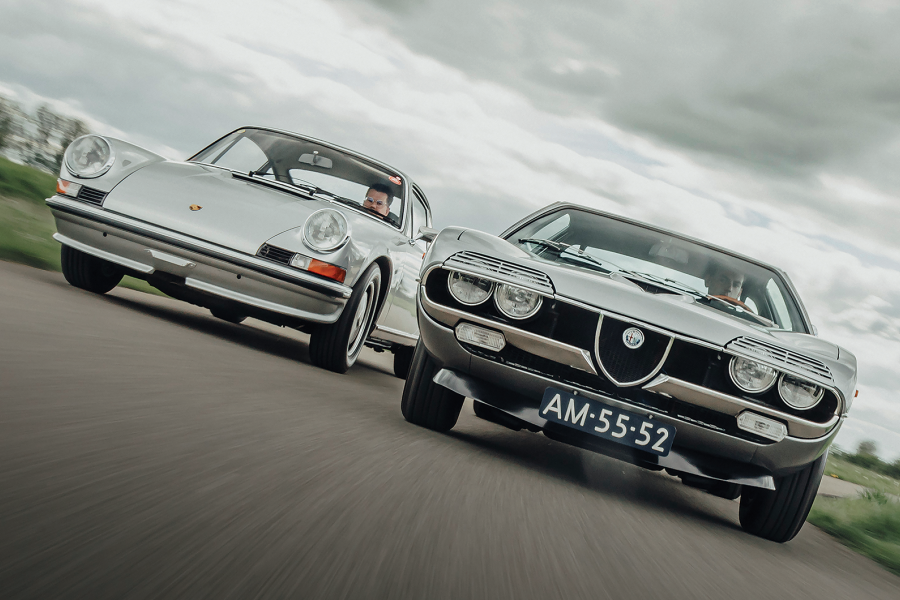Étancelin would go on to take two victories during 1933 with the blue Monza, first at Reims in the Grand Prix de la Marne after a dramatic last-lap battle with Wimille’s Monza, the two aces drawing alongside at the Thillois hairpin.
His winning streak continued the following weekend at La Baraque Hillclimb, but his most impressive performances were at Monaco and Montlhéry.
Around the Principality he chased the epic lead battle between Tazio Nuvolari’s Monza and Achille Varzi’s Type 51 before retiring with a broken differential, possibly caused by hitting the sandbags after a spin.
Later in the summer the blue Monza came close to winning the French Grand Prix following a tense battle with Giuseppe Campari’s works Maserati 8C-3000.
The popular Italian champion was faster but harder on tyres around the rough Paris bowl and Étancelin remained sufficiently in contention to lead with five laps to go.
Campari was catching fast but the bulky opera-lover made a very late stop for fresh tyres, and the hot Maserati proved difficult to restart.
In the late drama, three mechanics pushed him off rather than the permitted two. But for a very lenient official Campari would have been disqualified and he was allowed to chase on.
Étancelin was having his own problems with clutch failure but the blue Monza led on to the final lap by 24 secs.
He virtually had to stop at the tighter turns when it would stick in neutral, and the Maserati stormed around Montlhéry and jubilantly passed the slowing Monza to win.
The partisan crowd sensed Phi-Phi’s frustration and cheered him home to second.
Étancelin was always fast but not the most mechanically sympathetic of drivers in his early years, often over-driving in the heat of the chase and pushing his machinery too hard.
By the end of the season the new monoposto Alfas were unbeatable and Étancelin, realising that the two-seater Monza was now outclassed, ordered a new Maserati 8CM for 1934.
The Monza was sold to Julio Villars in Switzerland and later to Henri Simoret, who eventually repainted it in Swiss racing colours of a white bonnet over red bodywork.
The car kept Étancelin’s distinctive leather wind protector under the aeroscreen and ran at various races and hillclimbs through the 1930s, including one of the last outings of a Monza in a major European Grand Prix when it kept out of the way of the Silver Arrows at Bremgarten in ’37.
At some point in the late ’30s the Monza was rebodied with a more streamlined style, featuring an Alfetta-type nose cowl and rear wings moulded into the tail.
Not even Alfa 8C guru Simon Moore could discover who built this distinctive body. The dramatic-looking 8C survived WW2 hidden away in Switzerland and by the early 1960s had been sold to America.
The restyled 2211097 changed hands several times among East Coast Alfisti until the late Peter Giddings acquired it and immediately removed the Swiss shell.
With a more authentic Monza rebody and a rebuilt motor, Giddings returned it to the track and competed in early historic racing events in America.
Japanese collector Yoshiyuki Hayashi purchased the car in 1981 and had the then-red Monza sent directly to Macau, where he won a historic support race at the Grand Prix, the straight-eight roar sounding fantastic through the narrow streets.
In 1985 Hayashi shipped both his Monza and Tipo B to Laguna Seca for the Alfa-themed weekend, and showed 2211097 at Pebble Beach on the Sunday.
The Monza eventually returned to Europe in the late 1980s, first to Germany with Hein Gericke and eventually to Peter Neumark in England.
Road-registered, the famous Monza has been very active for the past 24 years competing at Monaco, Spa-Francorchamps, the Nürburgring and in VSCC events.
“It’s a fantastic car and a joy to drive,” beams Neumark.
“We did the Mille Miglia but broke down at night with electrical problems. A local garage enthusiastically sorted it the following morning and we cut across to Siena to rejoin. We ended up having a fantastic lunch with ’bikers Ewan McGregor and Charley Boorman before a great run home to Brescia.”
Neumark also made the inspired decision to put the car back to French Blue, as raced by first owner Étancelin with such distinction. What better way to celebrate 2211097’s rich and colourful history?
Images: Will Williams
Thanks to Peter Neumark (see v-management.com for details of the charity day at Goodwood); Jim Stokes; Simon Moore
READ MORE
Bugatti Type 57S: Molsheim’s missing link
Ballot 3/8 LC: the first Italian Grand Prix winner
The HRG 1500 that has finally come full circle
Mick Walsh
Mick Walsh is Classic & Sports Car’s International Editor
